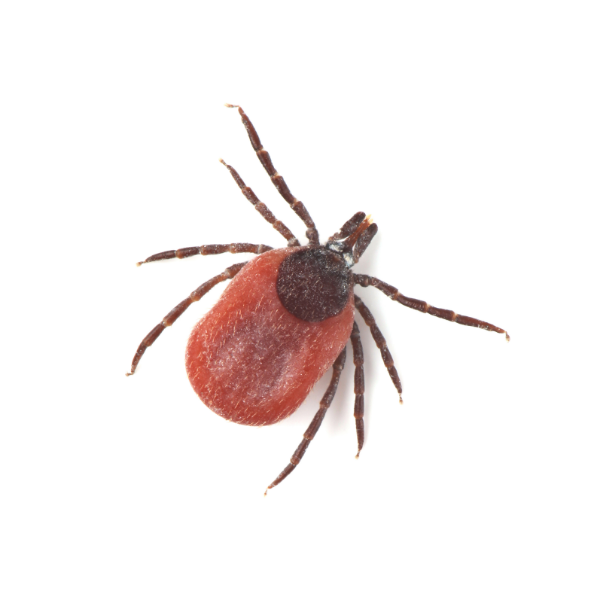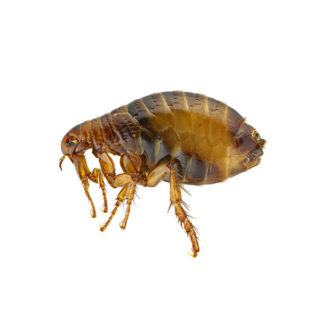Deer Ticks in Mid-South TN
Deer ticks, also sometimes referred to as blacklegged ticks, are the main spreader of Lyme disease in the United States. Found across the eastern U.S., their distribution relies greatly on the distribution of the white-tailed deer. Both nymph and adult deer ticks are able to transmit diseases such as Lyme disease, Babesiosis, and Anaplasmosis. In 2018, there were approximately 23,558 confirmed cases of Lyme disease in the U.S., making it the most common vector-borne disease in the country.
Deer Tick Habitat
Predominantly found in humid, deciduous forests, deer ticks live in shady, moist areas, clinging to tall grass, brush, and shrubs, usually no more than 18-24 inches off the ground. Deer ticks also live in lawns and gardens, especially if the property is located at the edges of woods and around old stone walls. They’re not limited to these areas, though – they’ll live anywhere that offers a combination of plenty of shade and high humidity.
Deer Tick Behaviors, Threats, or Dangers
Deer ticks bite. This happens most often during spring, summer, and fall. If temperatures during the winter are above freezing, then adult deer ticks may still be out and about. Nymphs and adult females are the most likely to bite.
To avoid being bitten, consider using an EPA-registered insect repellent with an active ingredient such as DEET. It may also be a good idea to wear long-sleeved shirts and pants, preferably light-colored so ticks will be easy to detect. Tucking your pants into your socks can also help.
If you are dealing with deer ticks, it’s important to always enlist the help of a professional tick & mite control expert.
Need help with Deer Tick control?
We'll call you! Leave your information below.
Get a free, no-obligation quote.
"*" indicates required fields
*During normal business hours. After hours inquiries will be returned the next business day.



